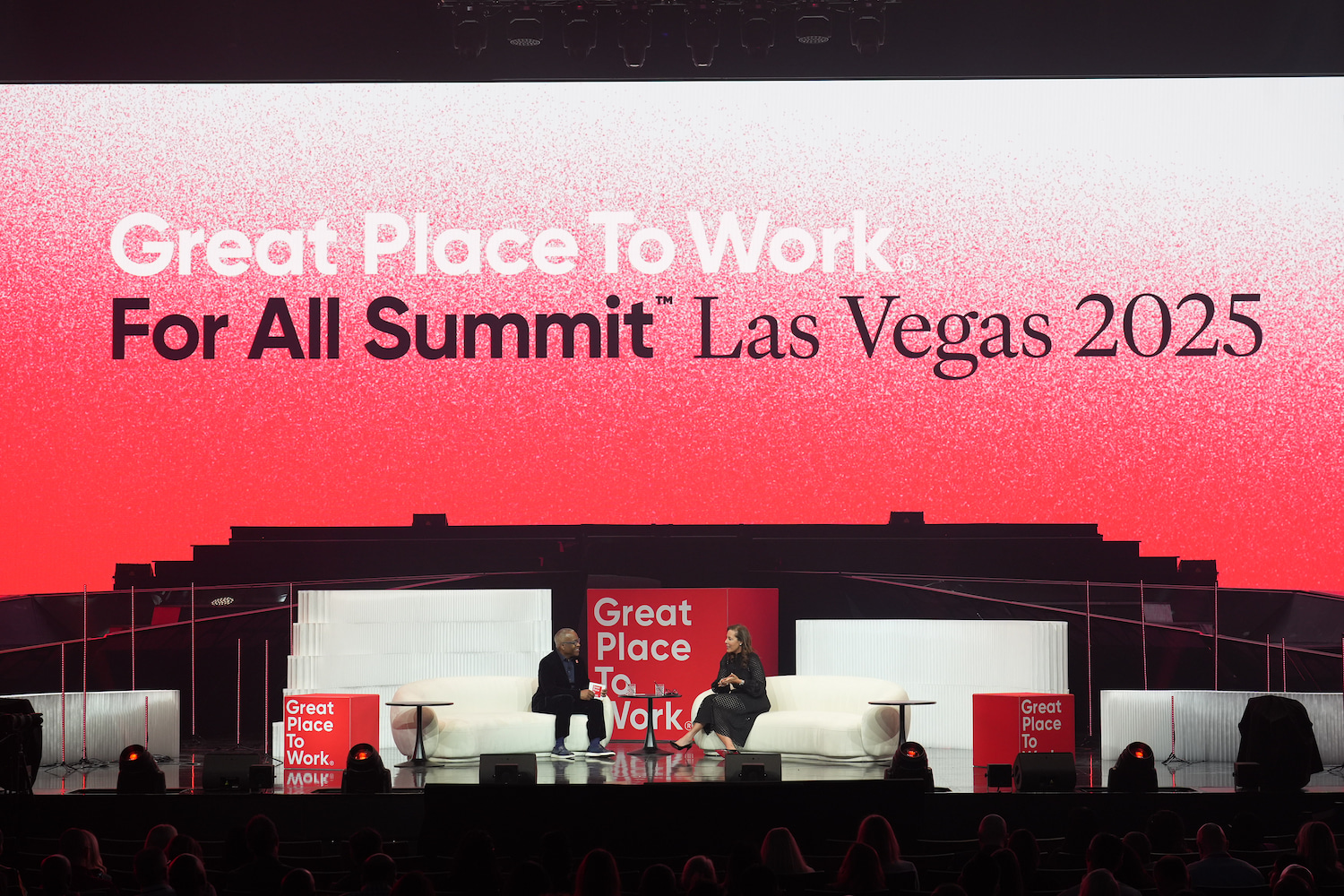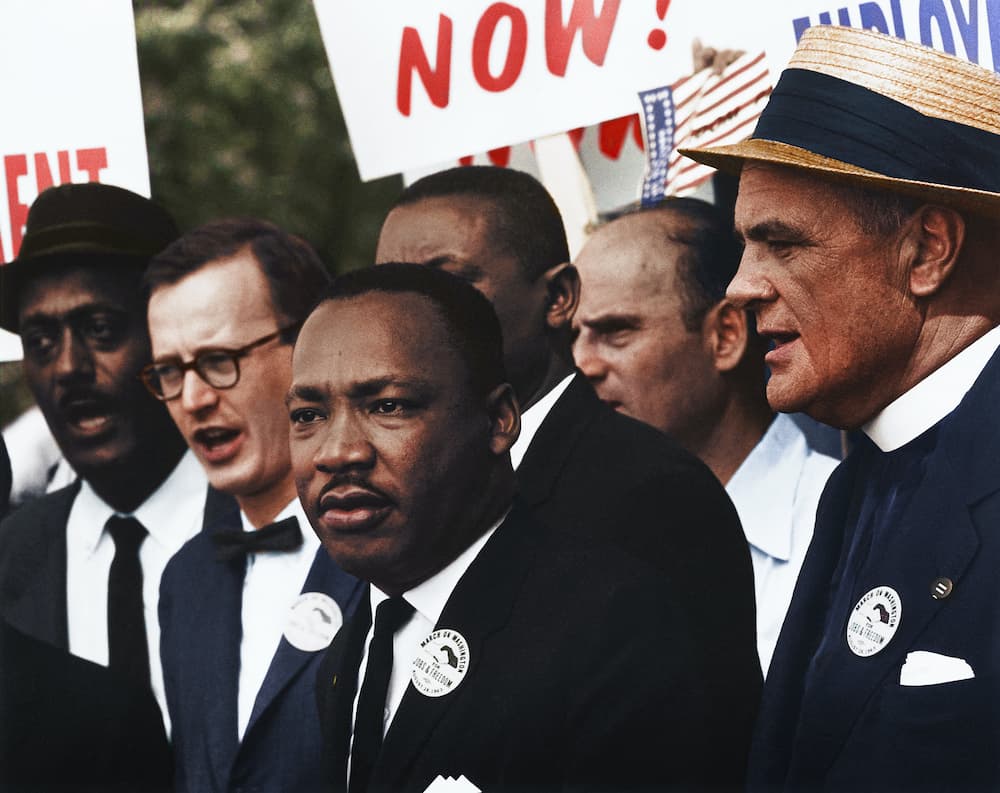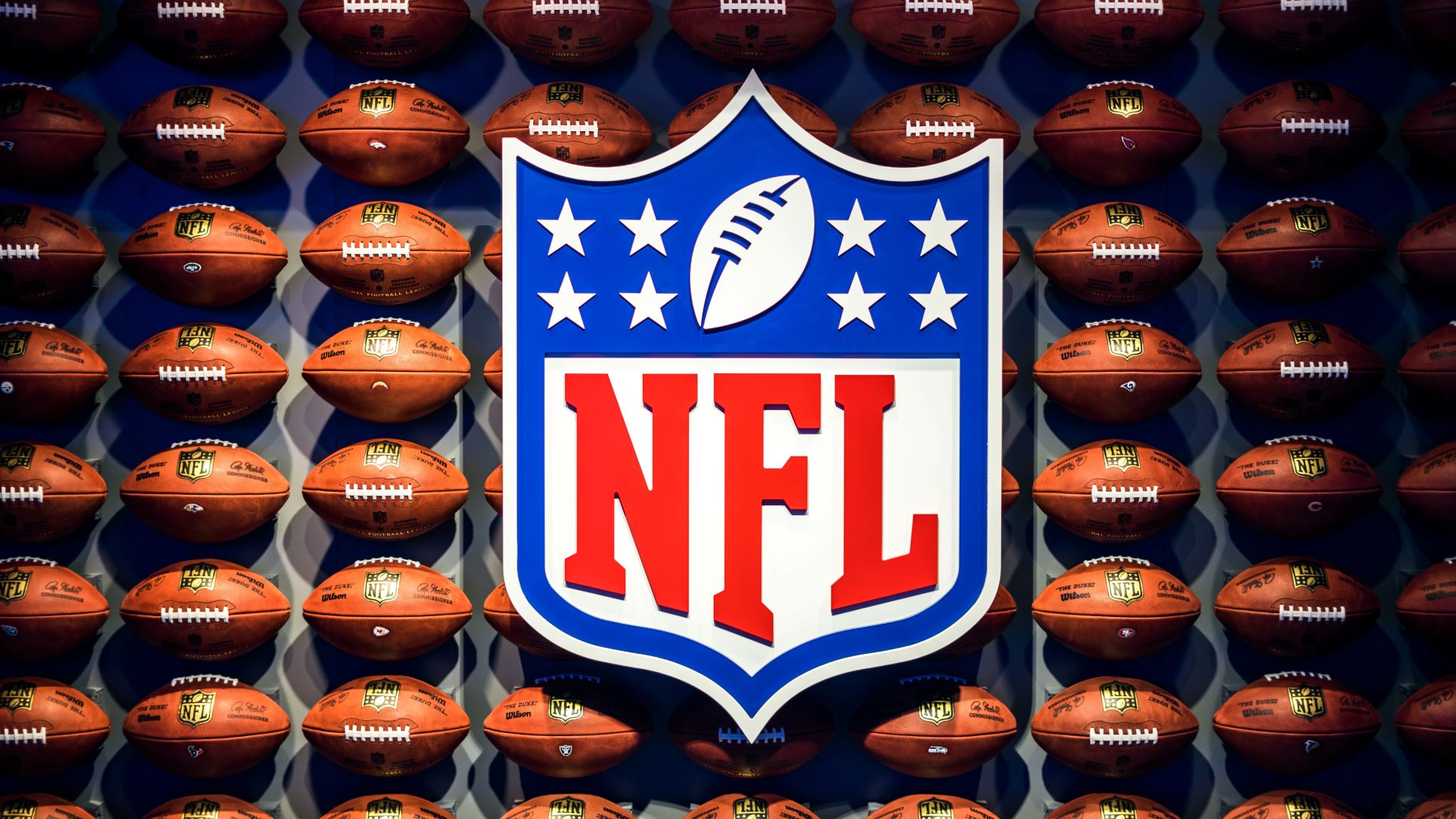
DEIB, Diversity & Inclusion, Leadership & Management
Examples of workplace racial microaggression, how to identify different types of microaggressions, and how leaders can respond to them.
The only thing worse than feeling invisible in the workplace is feeling seen – judged – for the wrong reasons.
Before her death in 2022, Cheslie Kryst, 2019 Miss USA, shared videos on social media about how she dealt with constant microaggressions in the legal profession, which led her to stop practicing.
It’s impossible to make a direct link between high functioning depression, (which Cheslie experienced) and racial microaggressions. But her story speaks to how microaggressions can feel like death by a thousand paper cuts; they can have a significant impact on a person’s well-being.
Before we can deal with microaggressions as both people of color and as White allies, we must first understand what they are and how they shape our experiences.
What are racial microaggressions?
Racial microaggressions are the brief and everyday slights, insults, indignities and denigrating messages directed at Black, Indigenous, and people of color (BIPOC) from well-intentioned people who are unaware of the hidden messages being communicated.
Microaggressions are often – but not always – verbal and can masquerade as compliments. But sometimes, they are the type of interactions that stay with you for years.
The term “racial microaggressions” was first coined by psychiatrist Dr. Chester Pierce in the 1970s.
The concept is rooted in the work of researchers Dr. Jack Dovidio, from Yale University and Dr. Samuel Gaertner, from the University of Delaware, in their formulation of aversive racism, well-intentioned people consciously believe in and profess equality, but unconsciously act in a racist manner, particularly in ambiguous situations.
Here’s an example: One summer I landed an internship at a top tech company that often recruited one or two Black interns from the consortium of historically black colleges and universities (HBCU)s I attended in Atlanta Georgia.
I was thrilled. I knew my days would be filled will cool perks, free food, free coffee all day long, lots of swag. And microaggressions; especially when I realized I was the only person of color in our wing of the office:
- I was asked if my hair “really grew out of my head like that?” (as a compliment perhaps, but I am still not sure).
- I was asked if attending an HBCU was preparing me for the “real world.”
- I was called “girl” and “sis” by White colleagues
- I was spoken to (or maybe “at”) in strange “Blaccents” that made me cringe.
You name it, I experienced it.
Luckily, microaggressions are well-researched by psychologists, so there is plenty of information from which to learn and grow.
Types of microaggressions
According to a study at Teachers College, Columbia University, there are even subgroups of microaggressions:
- Microassaults: Conscious and intentional discriminatory actions, such as using racial epithets, displaying white supremacist symbols, or preventing one’s son or daughter from datingoutside of their race.
- Microinsults: Verbal, nonverbal, and environmental communications that subtly convey rudeness and insensitivity that demean a person’s racial heritage or identity, such as asking a co-worker of color how they got their job, implying affirmative action or a quota system.
- Microinvalidations: Communications that subtly exclude, negate or nullify the thoughts, feelings or experiential reality of a person of color, such as when a white people asks a Latinx person where they were born, sending the message that they are perpetual foreigners.
What are some examples of workplace microaggressions?
Verbal microaggressions
- “You’re so articulate” – This usually means “I didn’t think you would be this”
- “You’re being aggressive” – This usually means the speaker is uncomfortable you’re assertiveness from a Black woman
- “You’re one of the good ones” – This is overt racism cushioned with words of affection or admiration, which is confusing, disorienting, and leaves you wondering if it’s even a compliment.
- Anything that includes the phrase “your people” – This assumes all BIPOC people are the same, but BIPOC people are diverse; our experiences can almost never be minimized to a single assumption.
- “Can I touch your hair?” Or touching it without consent – This is like petting an animal; being pet like a dog at work is deeply uncomfortable for anyone, especially so for Black women who experience it so often
- “Do you know your father?” – Believe it or not, Black people are asked this all the time, betraying deeply entrenched racist cultural stereotypes
- “Okay, but where are you really from?” – This statement betrays racist assumptions that people of color are perpetual foreigners; If I tell you I’m from Brooklyn, New York, it’s okay to take my word for it.
- Assuming gender pronouns
Behavioral microaggressions
- Mistaking a person of color at work for a cleaning staff member, delivery person, etc.
- Using AAVE (African American Vernacular English) when speaking to a Black person
- Giving personality feedback like “smile more” to a Black woman in a performance review
- Assuming the competence of people whose first language is not English
- Mispronouncing an employees’ non-Anglo name after being corrected multiple times
- Giving someone a nickname without their permission because you are uncomfortable saying their full name
Environmental microaggressions
- Creating an ableist environment that does not plan for employees with disabilities (seen and unseen) in meetings, at work events, etc.
- Not recruiting people of color in leadership roles
- Not supporting people of color to advance into leadership roles
- Naming rooms and buildings after White men
- Resisting accommodations for those who are hearing impaired
- Paying White men more than women of color for the same job
What is the cost of allowing microaggressions to go unaddressed?
Tesla is currently being sued by the California Department of Fair Employment for alleged discrimination and racism against their Black employees.
This may be an extreme example of what can happen when leaders fail to address toxic workplace cultures. But at the very least, if you do not address these issue, you will lose your best talent.
Constant, voluntary churn takes a toll on the bottom line. During a time where top companies are having to compete more fiercely than ever for top talent, it is best to be intentional about how you address discrimination and microaggressions in the workplace.
How to address microaggressions directed at employees
I’ve learned that we must treat “ally” as a verb, not a noun. It isn’t an abstract concept, and it isn’t a label you give yourself. It’s a label you earn through action.
Allyship is something you do, it is not something you are.
To be a true ally, you must look within and educate yourself about the day-to-day experiences of people of color. If you hear something that makes you uncomfortable, consider where that feeling of discomfort is coming from.
How managers can respond to microaggressions in the workplace
Certified workplace Ralph Lauren built a formal unconscious bias and microaggression training program in 2018 as part of its diversity, equity, inclusion and belonging (DEIB) efforts.
The mandatory DEIB training – Respect and Inclusions: Allyship and Advocacy – was completed by all managers in July 2020 and the entire employee population in December of 2020. The training is now required of all new hires.
It is increasingly important to add structure to your DEIB trainings, as Ralph Lauren did. Ad hoc education is less effective than more structured DEIB policies, programs, and training. If you are a leader, rally your fellow decision-makers and start to think about more formalized ways to address microaggressions.
If you are White and you overhear a conversation at work that just doesn’t sit quite right with you, resist the urge to beg for forgiveness on behalf of your colleague.
Instead speak to the offender, not the offended. Be bold, give suggestions, and be clear about why a psychologically safe work environment for BIPOC employees is important to you too.
Key take-aways for managers:
- Remember “ally” is a verb
- Educate yourself about the day-to-day experiences of BIPOC employees
- Give employees unconscious bias and microaggression training
- Create a formalized process for addressing microaggressions
- Speak to the offender, not the offended
- Reinforce why psychological safety for BIPOC employees is important to you
Prove to job seekers and clients that your workplace is for all
Great Place To Work Certification™ helps your company attract and retain top workers. Employees at Certified companies are 93% more likely to look forward to coming to work and 51% more likely to stay for a long time, when compared to the average US workplace. (Source)
Take the first step toward earning Certification today.











